Description
Willem de Zwart was born in The Hague where he lived and studied until 1894. He studied at the Hague Academy and from 1877 he was taken under the care of Jacob Maris. The then experienced master of the Hague School, but not yet at the peak of his fame, often gave advice to young people, but Willem de Zwart must be regarded as his one and only student. During this apprenticeship he mainly had to copy old masters in the Mauritshuis and watercolor still lifes. Until the mid-eighties there is a logical relationship between De Zwart’s work and that of Maris. In those years, De Zwart also spent a lot of time with George Hendrik Breitner, who was about the same age, who was studying in The Hague at the time. The two made a trip to Drenthe in 1885 and painted several similar subjects.
His choice of subjects belonged to the Hague School and his style and his exuberant use of color to the school of Amsterdam Impressionism. Willem de Zwart’s work shows a wide range of subjects: landscapes, cityscapes, portraits and still lifes, rendered in a naturalistic-impressionist style.
He is also known as the “Hague Breitner” because of the similarity of his work to that of George Hendrik Breitner. He painted his landscapes, figure paintings and still lifes with smooth, bold brushstrokes. De Zwart applied the paint thickly, sometimes straight from the tube, with bright colors, exuberant reds, yellows, and blues, giving his paintings special vibrancy.
This painting was executed around 1897-1900, when Willem de Zwart lived in Het Gooi. During this period, he painted several views of the cattle market on the Groest in Hilversum. According to the art historian G.H. Marius, it enabled the artist to distance himself from the Hague School in style as well as subject matter. As Richard Bionda noticed in his excellent book on the artist, De Zwart studied the farmers extensively, especially their attitudes and movements, of which he executed numerous drawings. This painting brings the motive to the foreground, close to the viewer, who is drawn into that space. This effect is enhanced by the size of the painting, being by far the largest and most impressive cattle market Willem de Zwart ever painted.
This cattle market painting can be compared to an etching of the same subject, with the image reversed. This etching is also in our collection. Bionda dates this etching ca. 1898. The Dutch art critic Albert Plasschaert mentioned in 1906 the existence of this painting with the same subject as the etching. When the monograph was published only the etching was known.
The artist also painted a watercolour of the same subject, illustrated in P.A. Scheen, Lexicon Nederlandse Beeldende Kunstenaars 1750-1950, The Hague 1970, illustration 362.
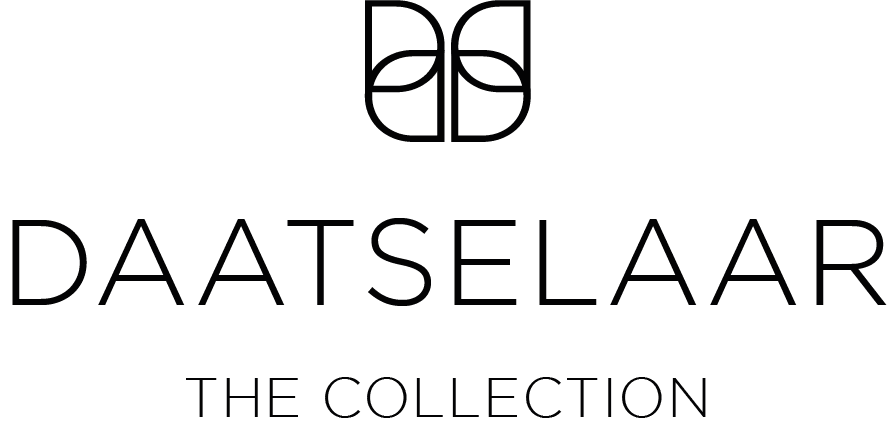
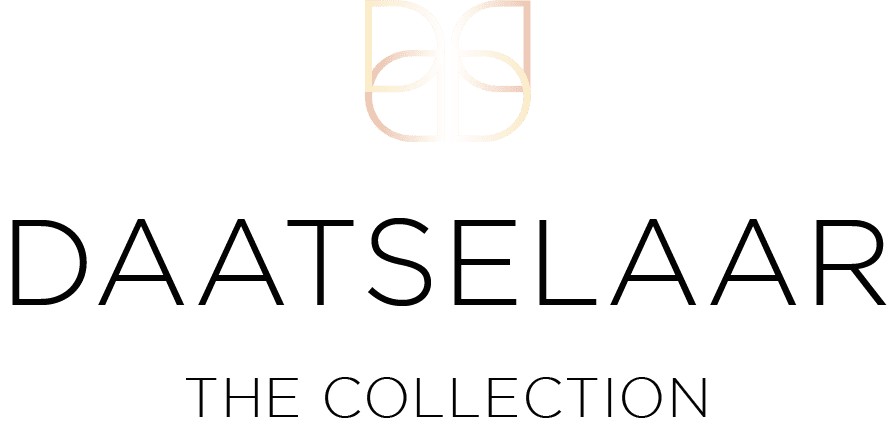
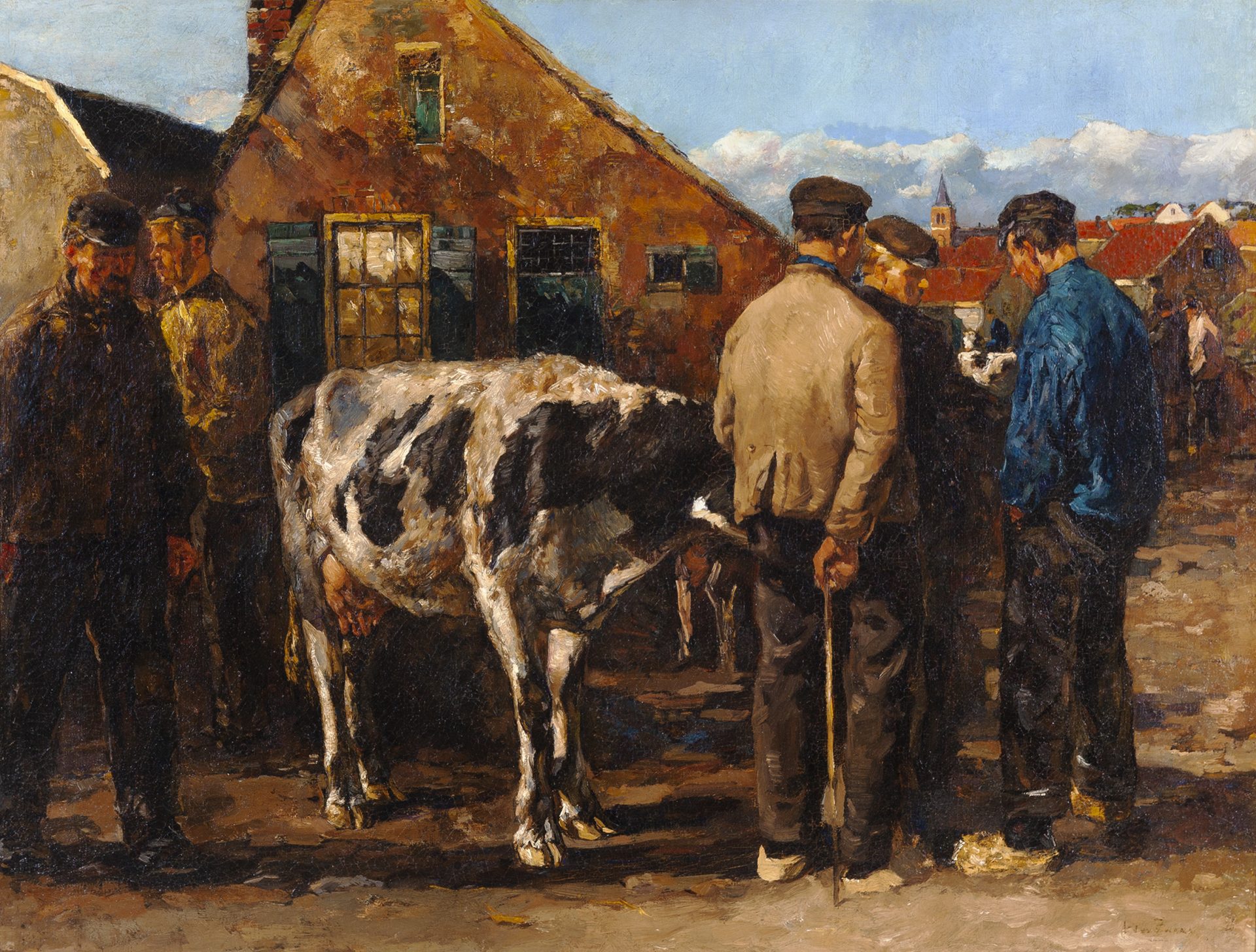

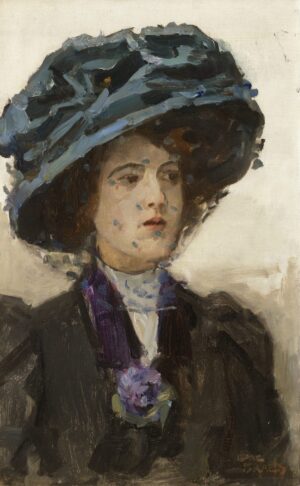
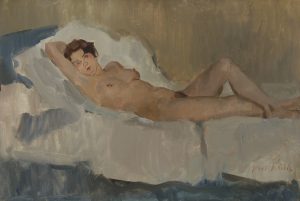
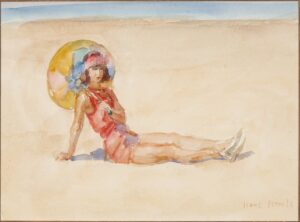
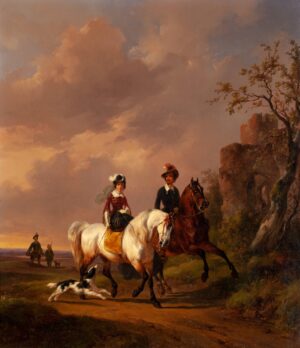
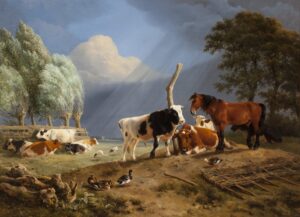
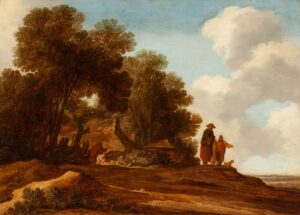

Reviews
There are no reviews yet.